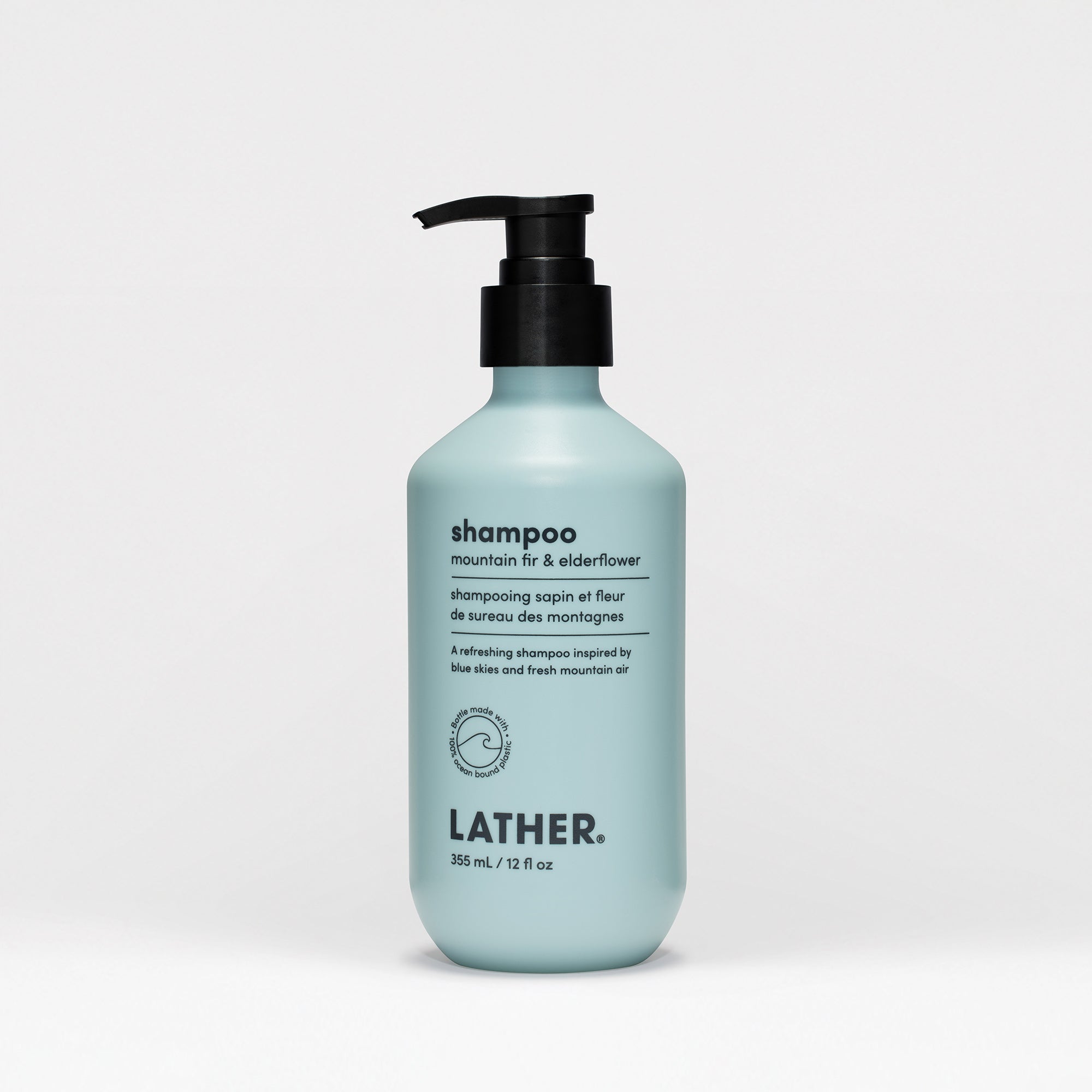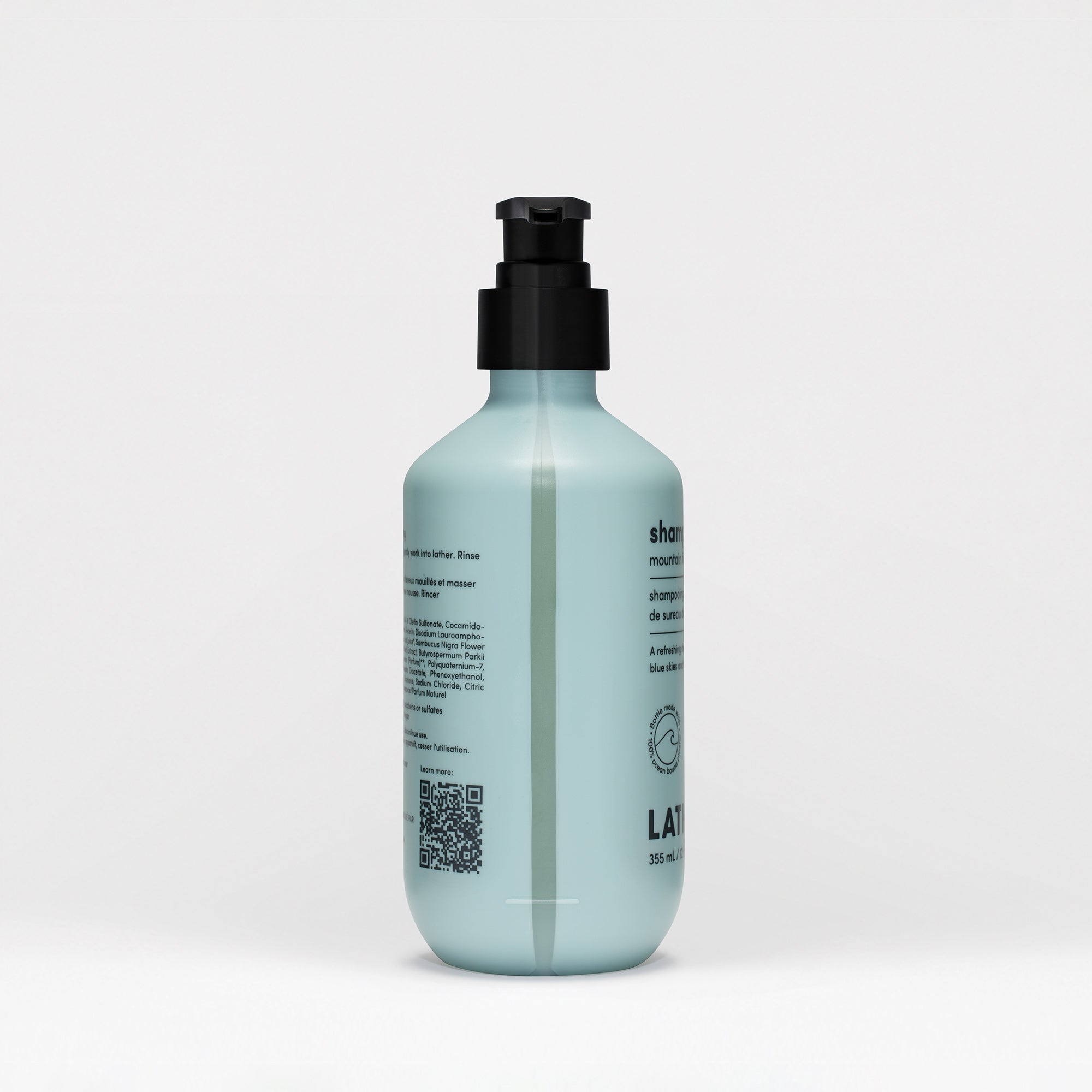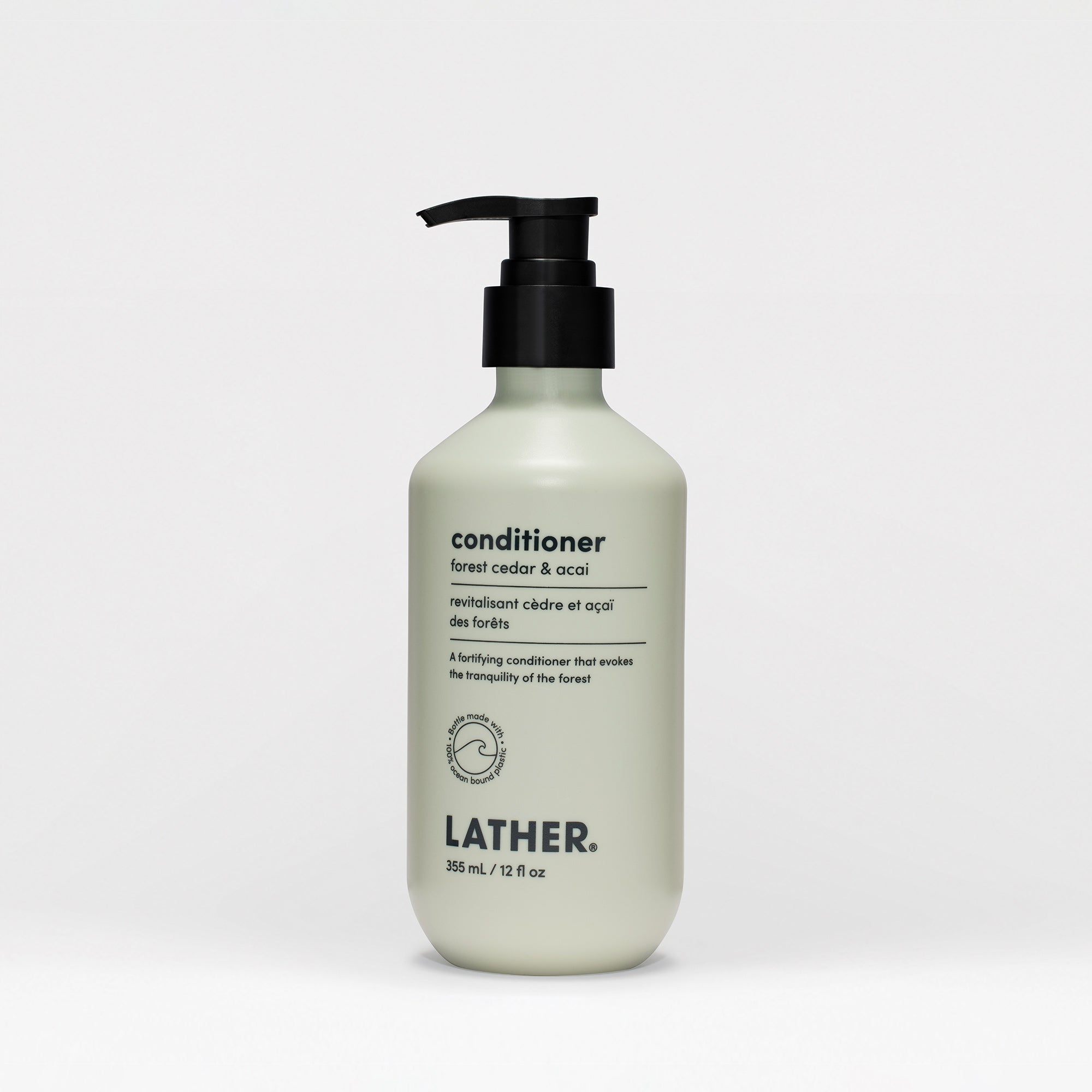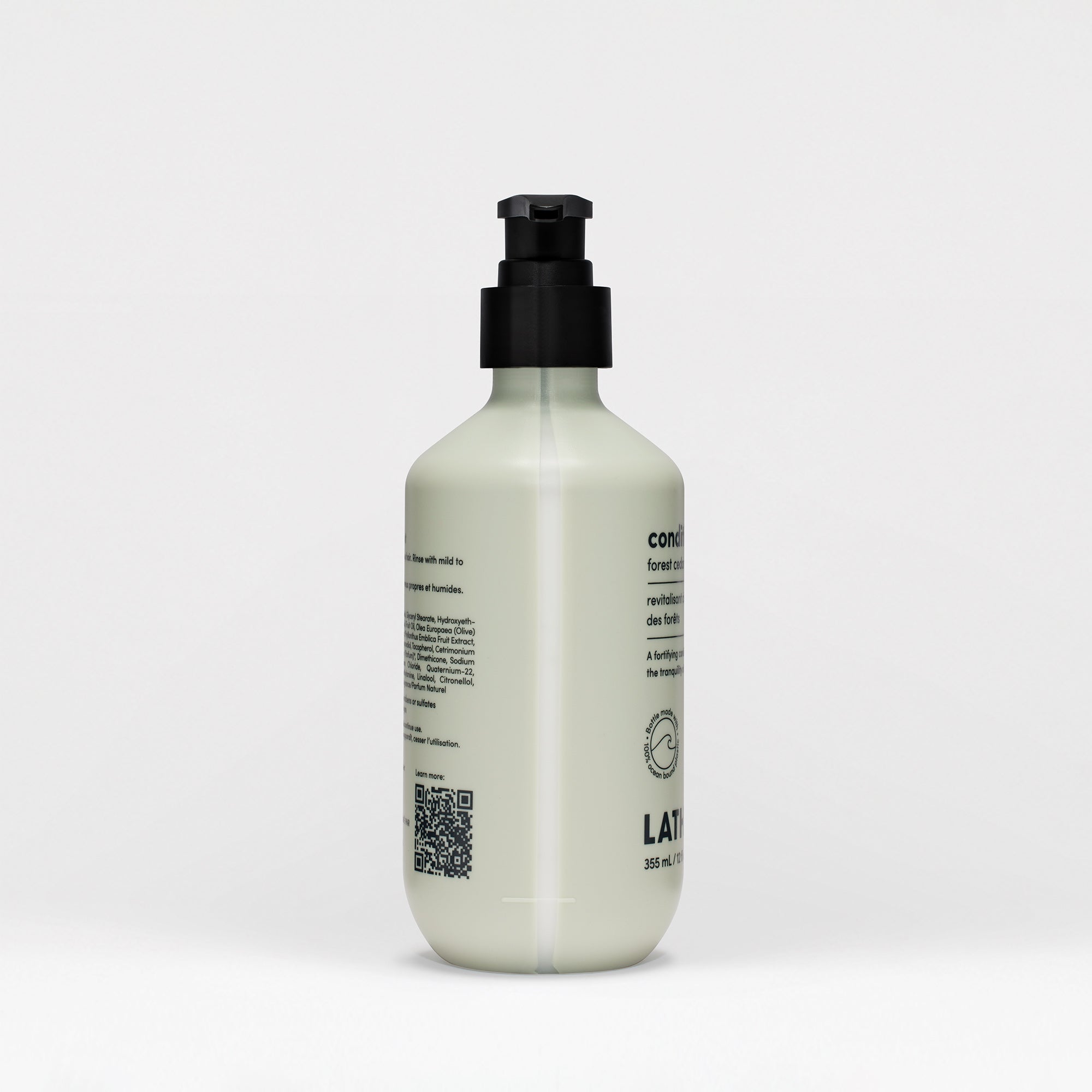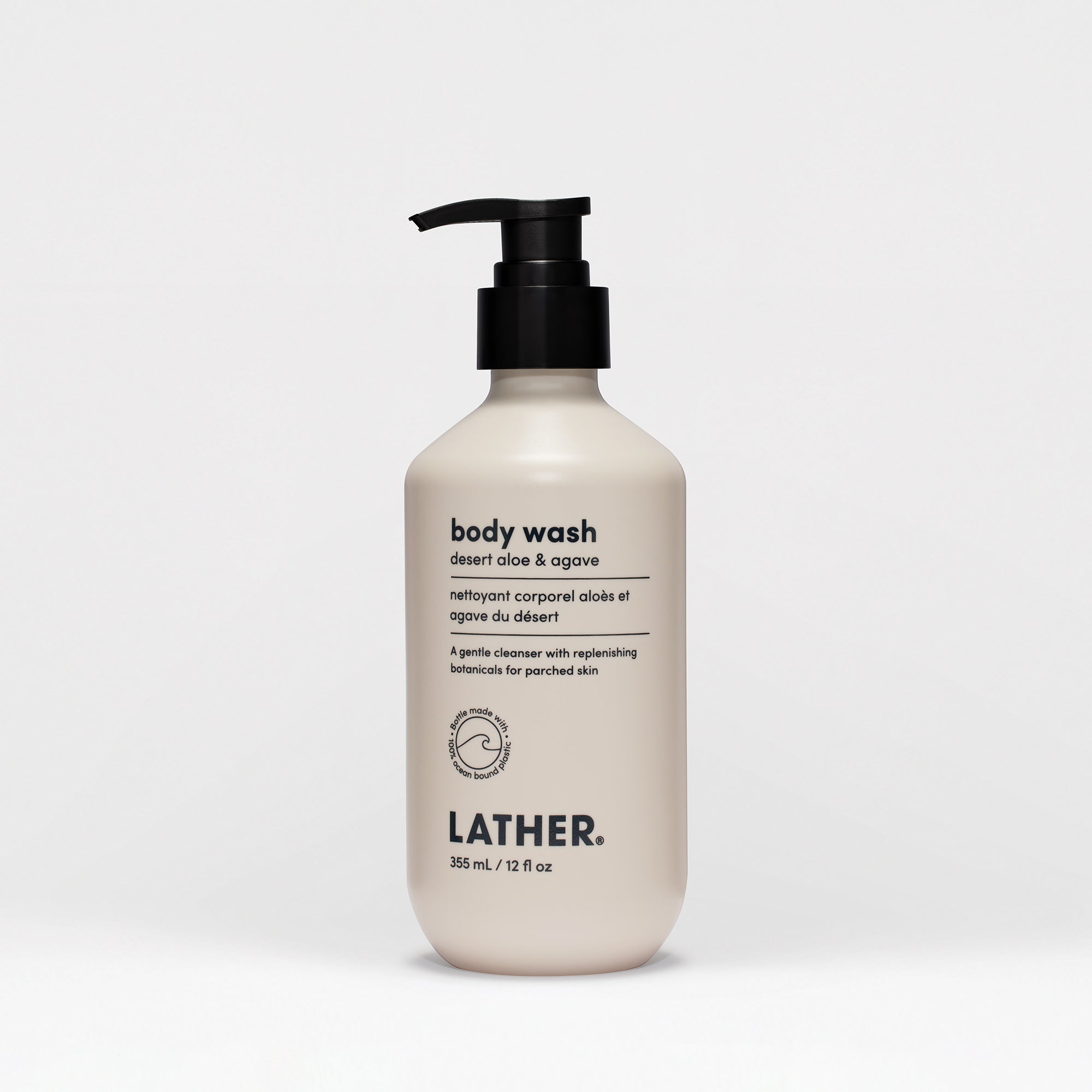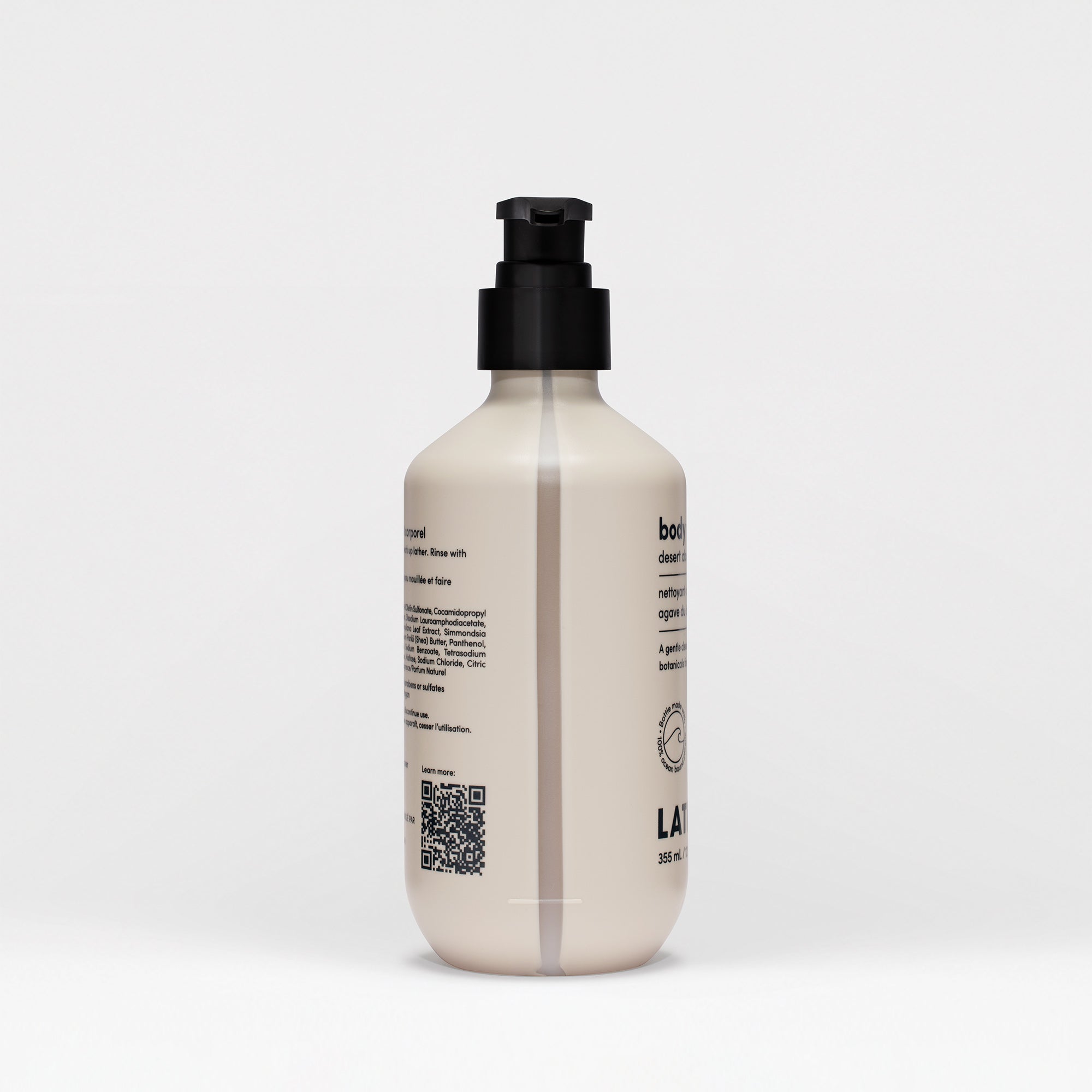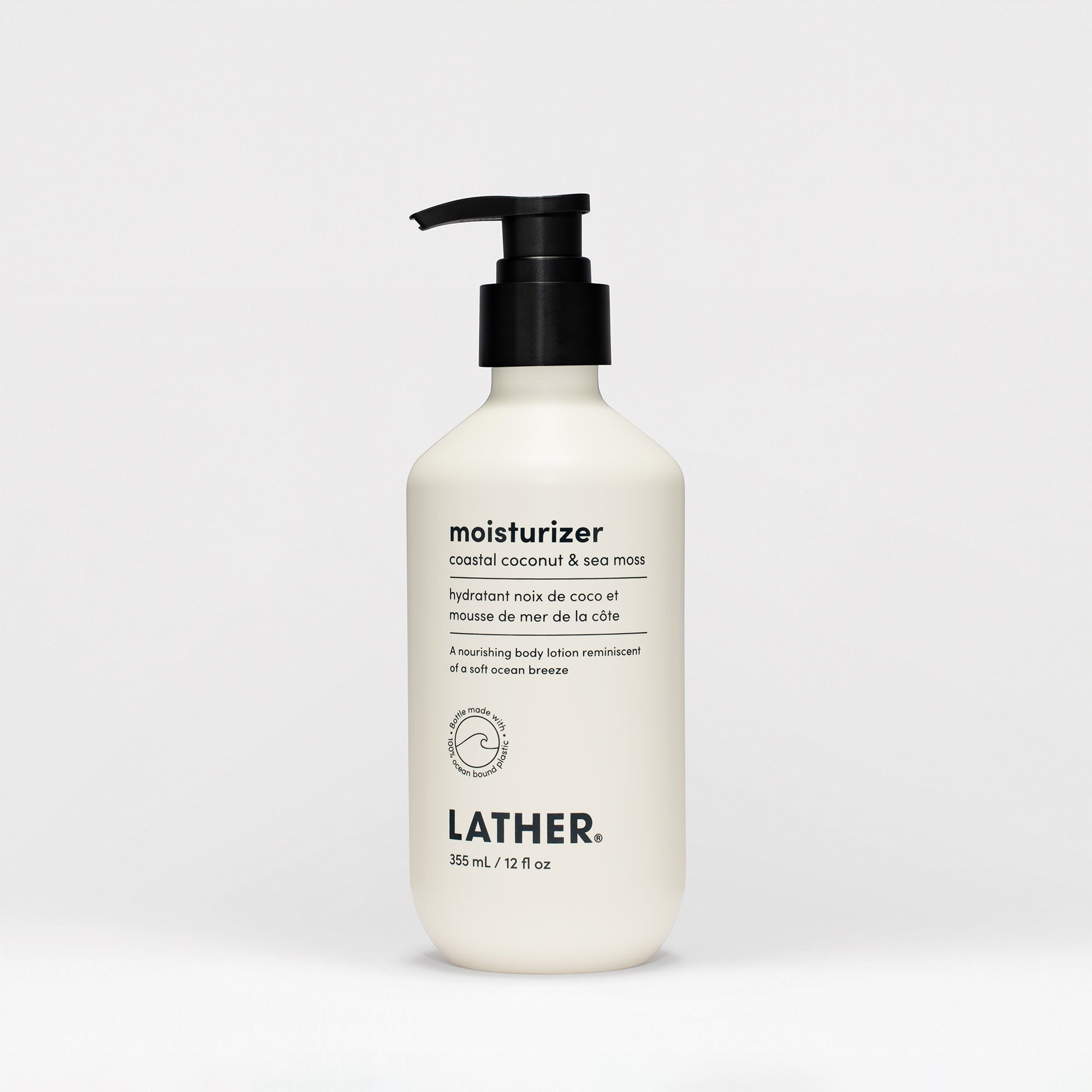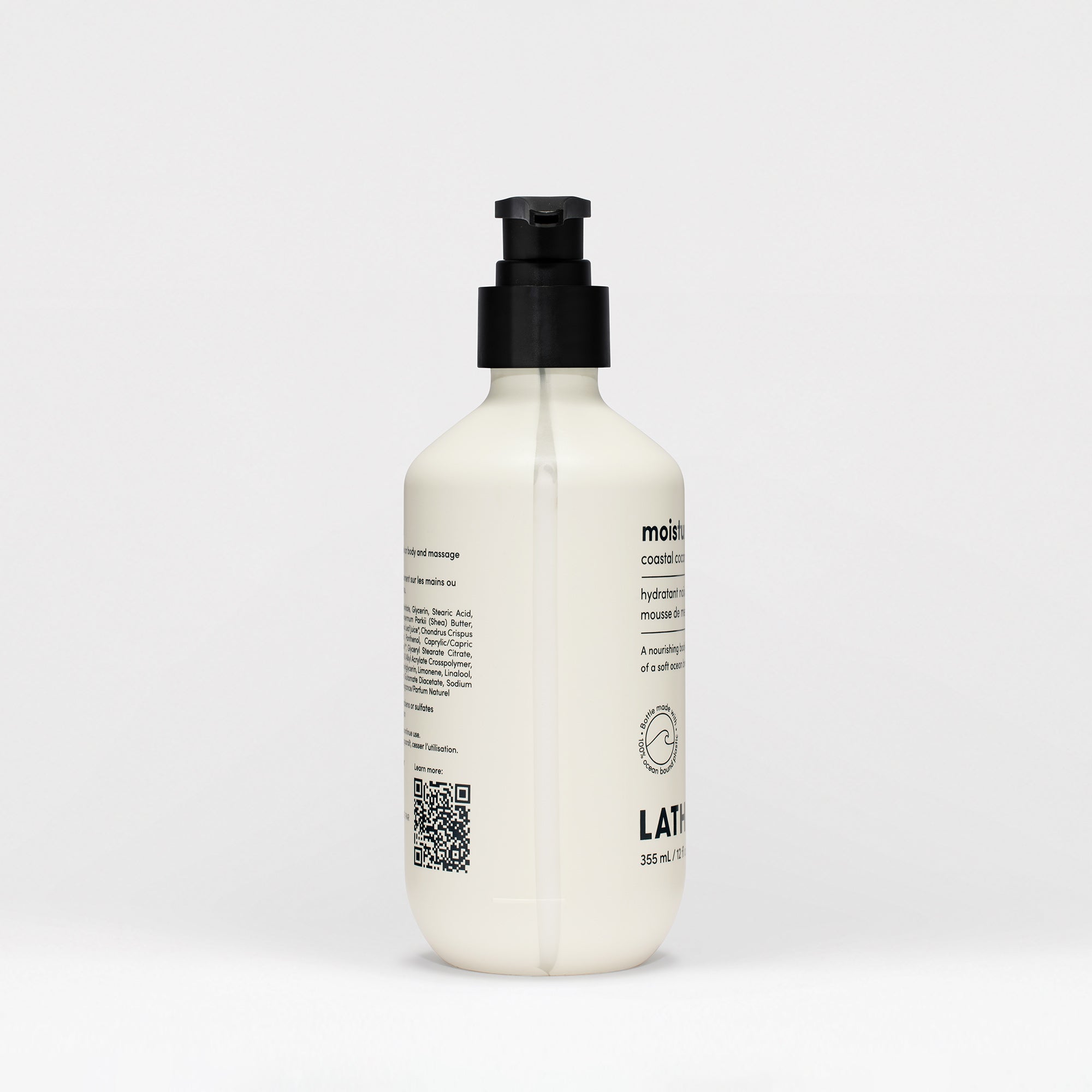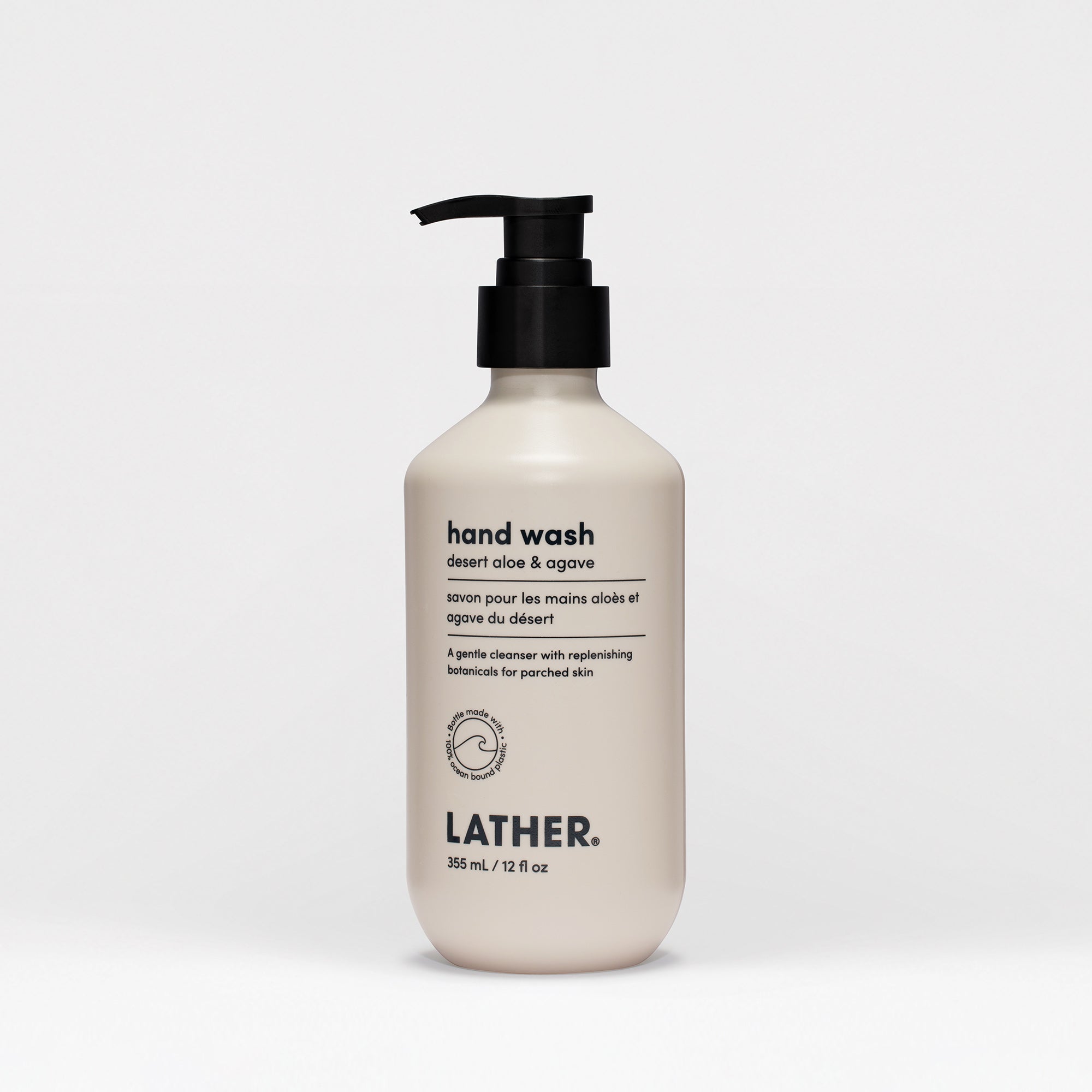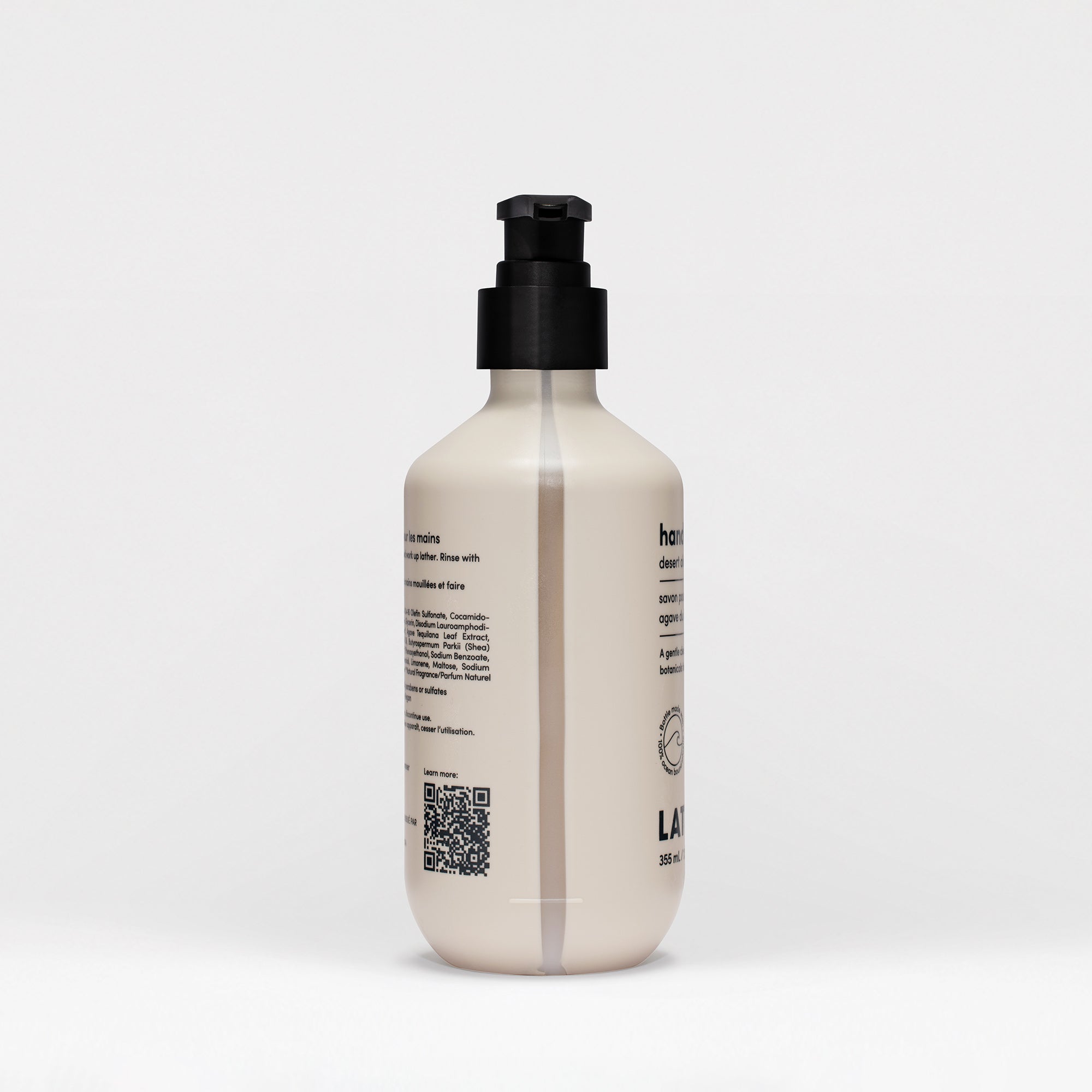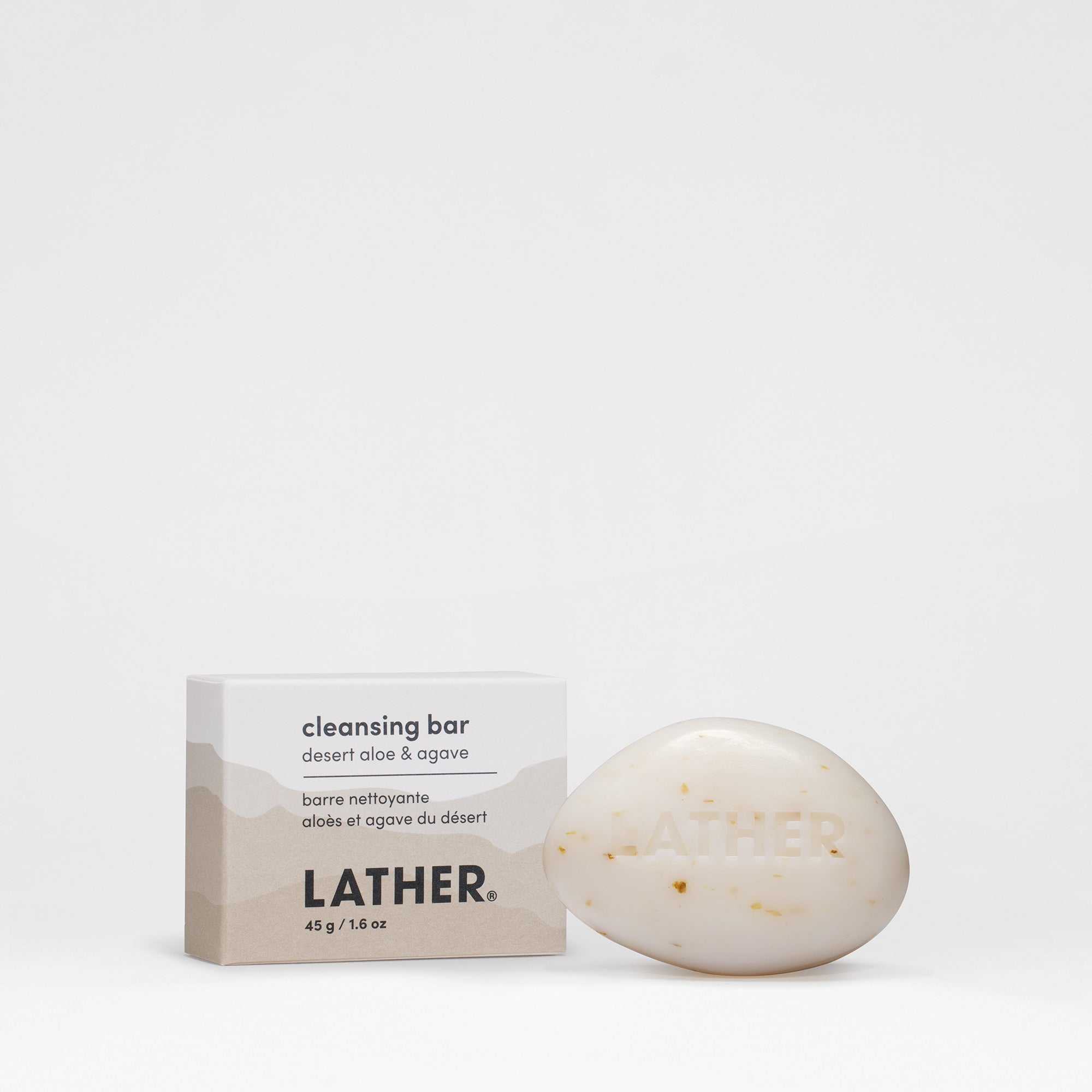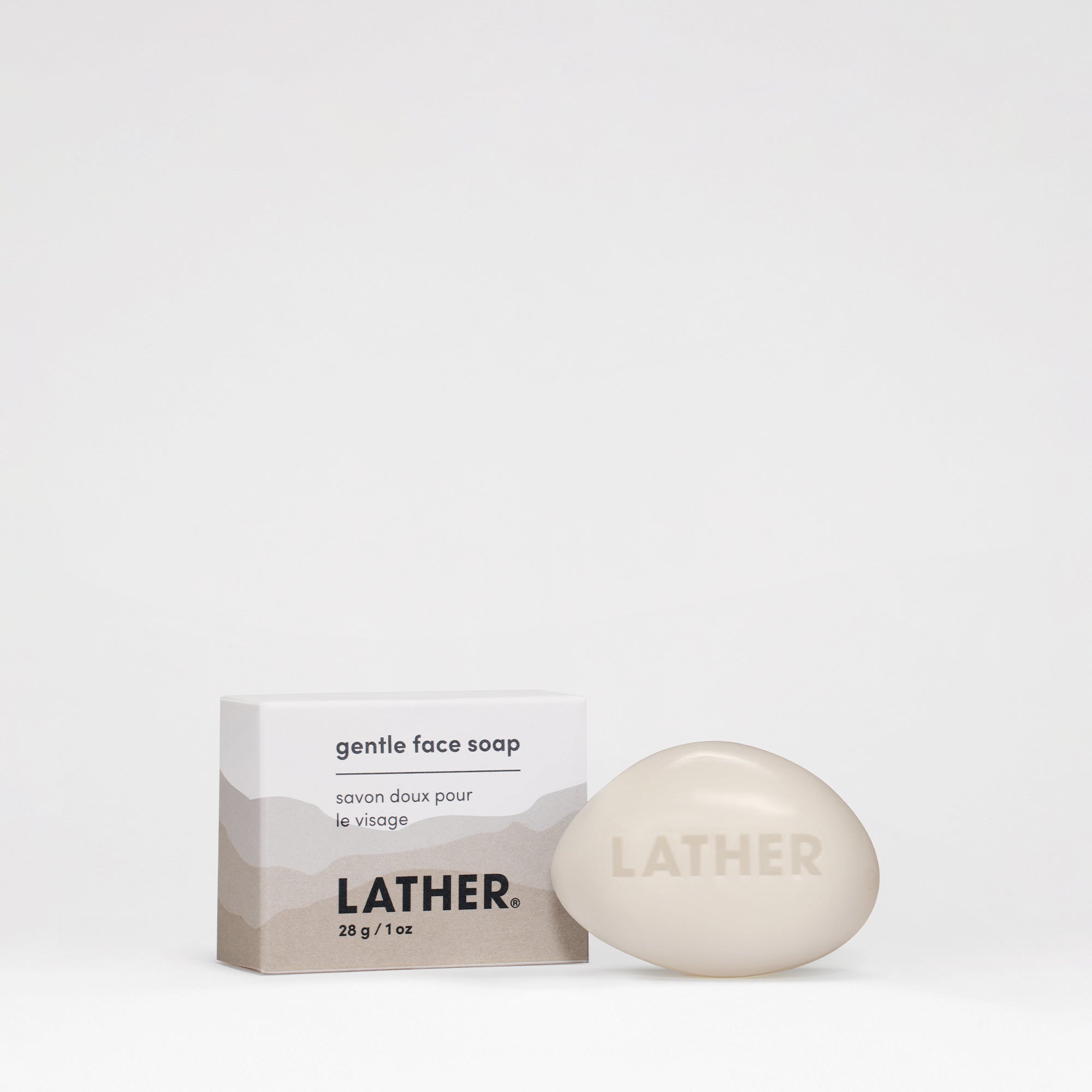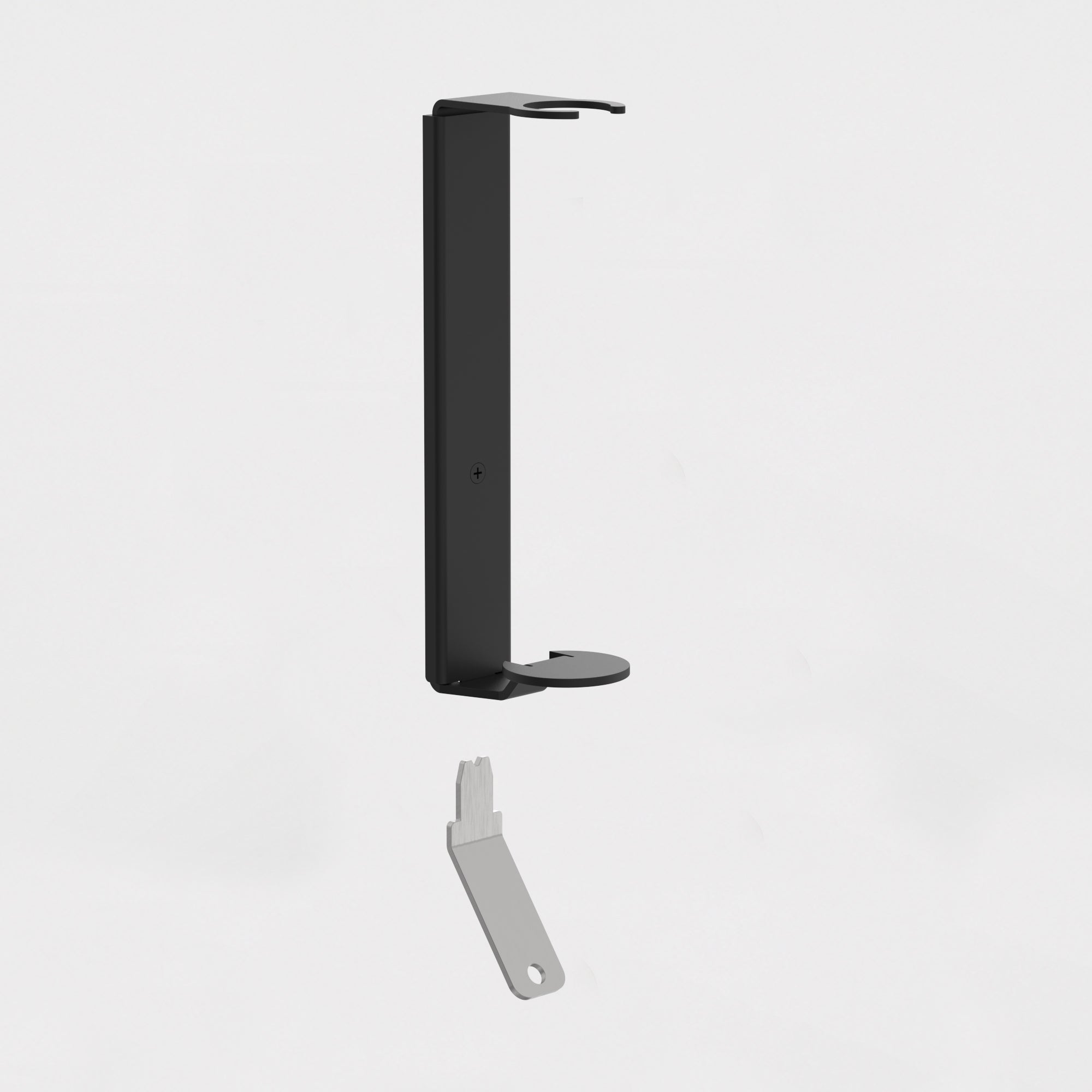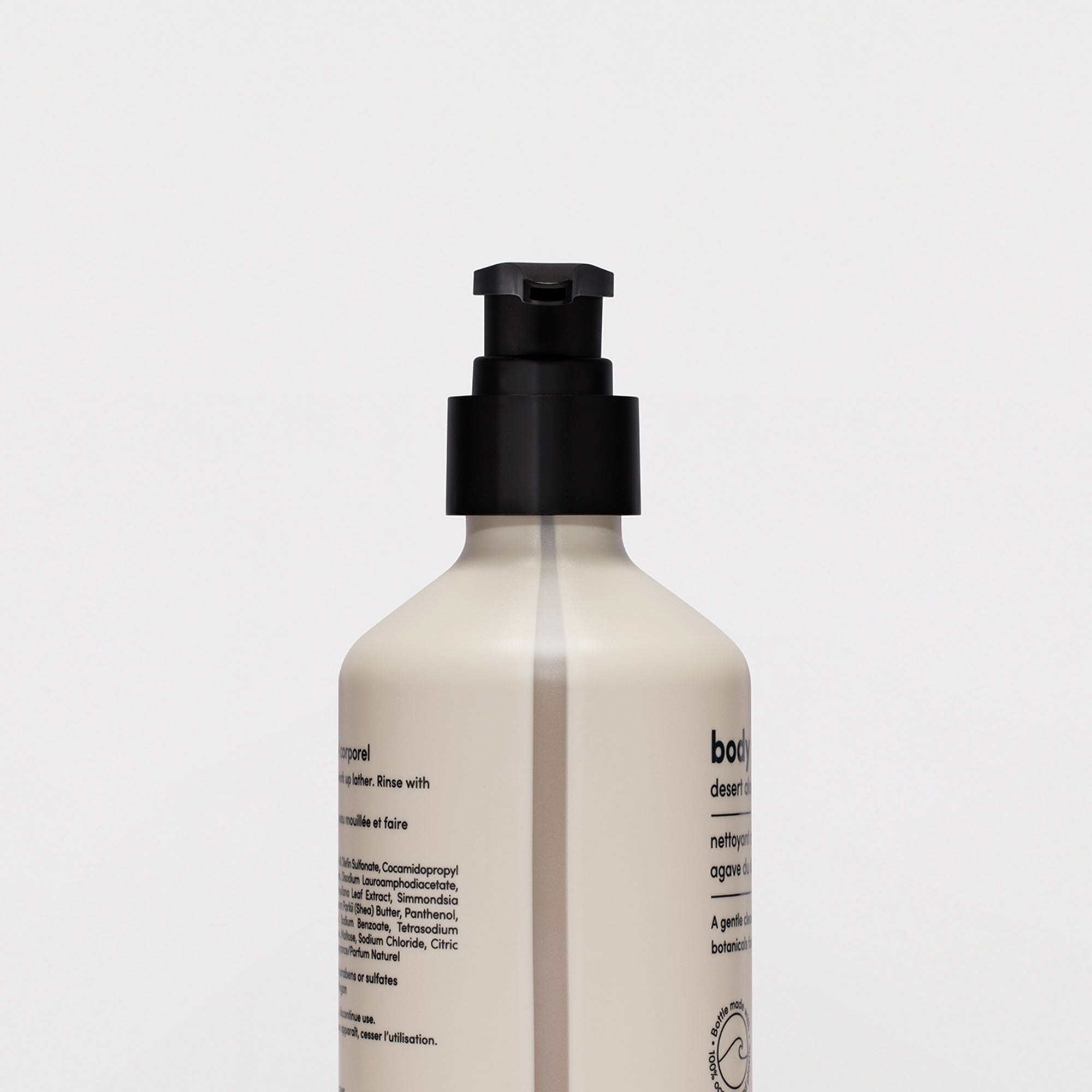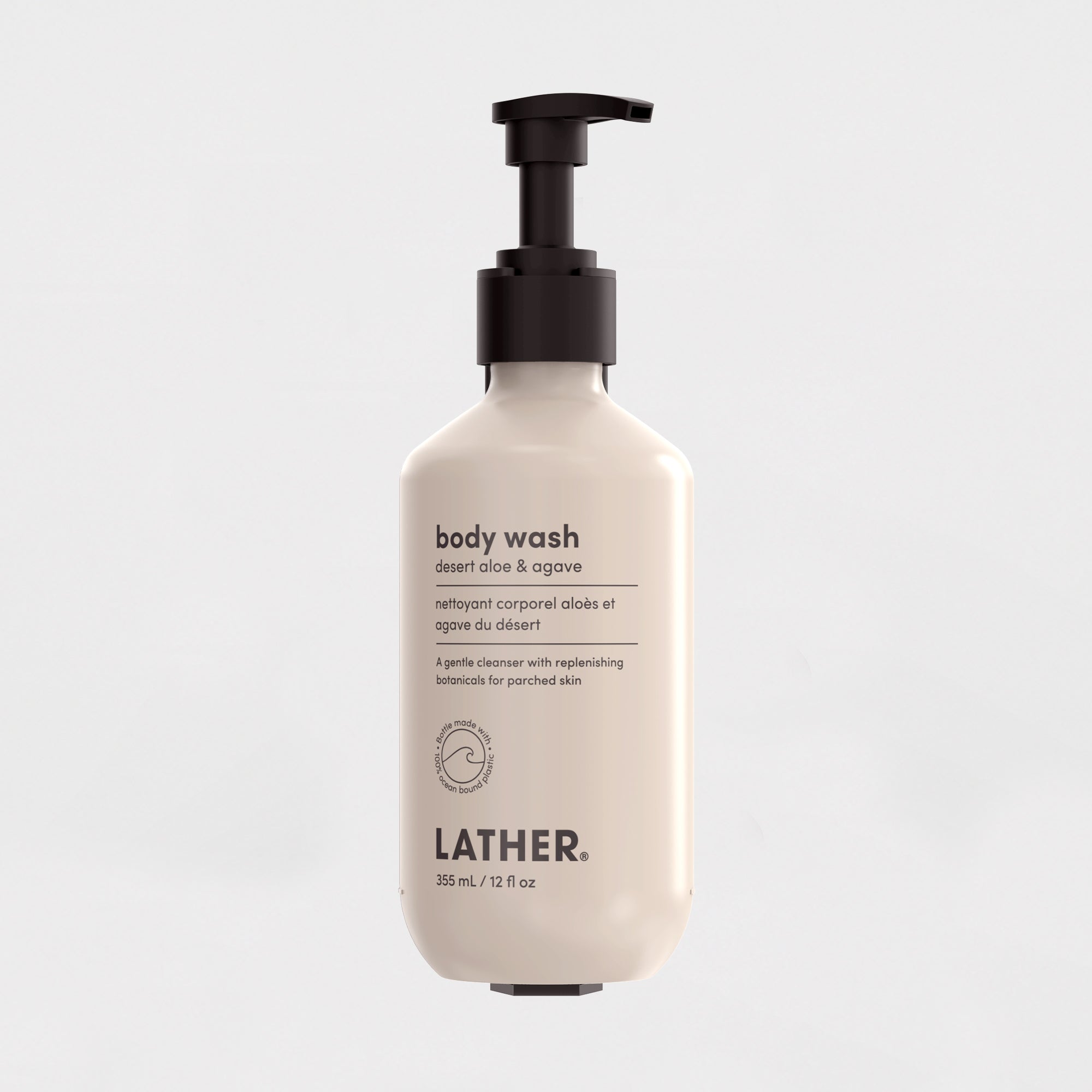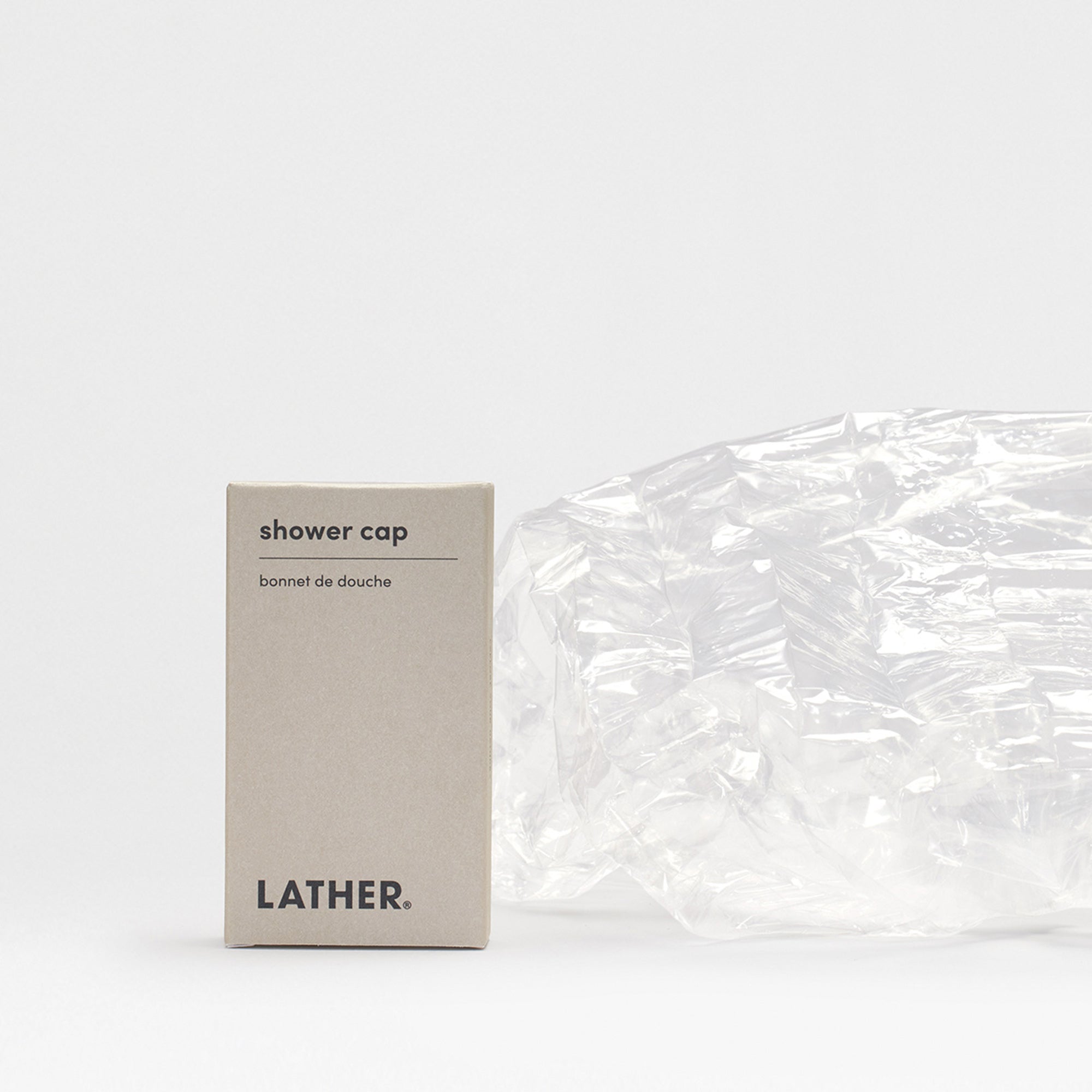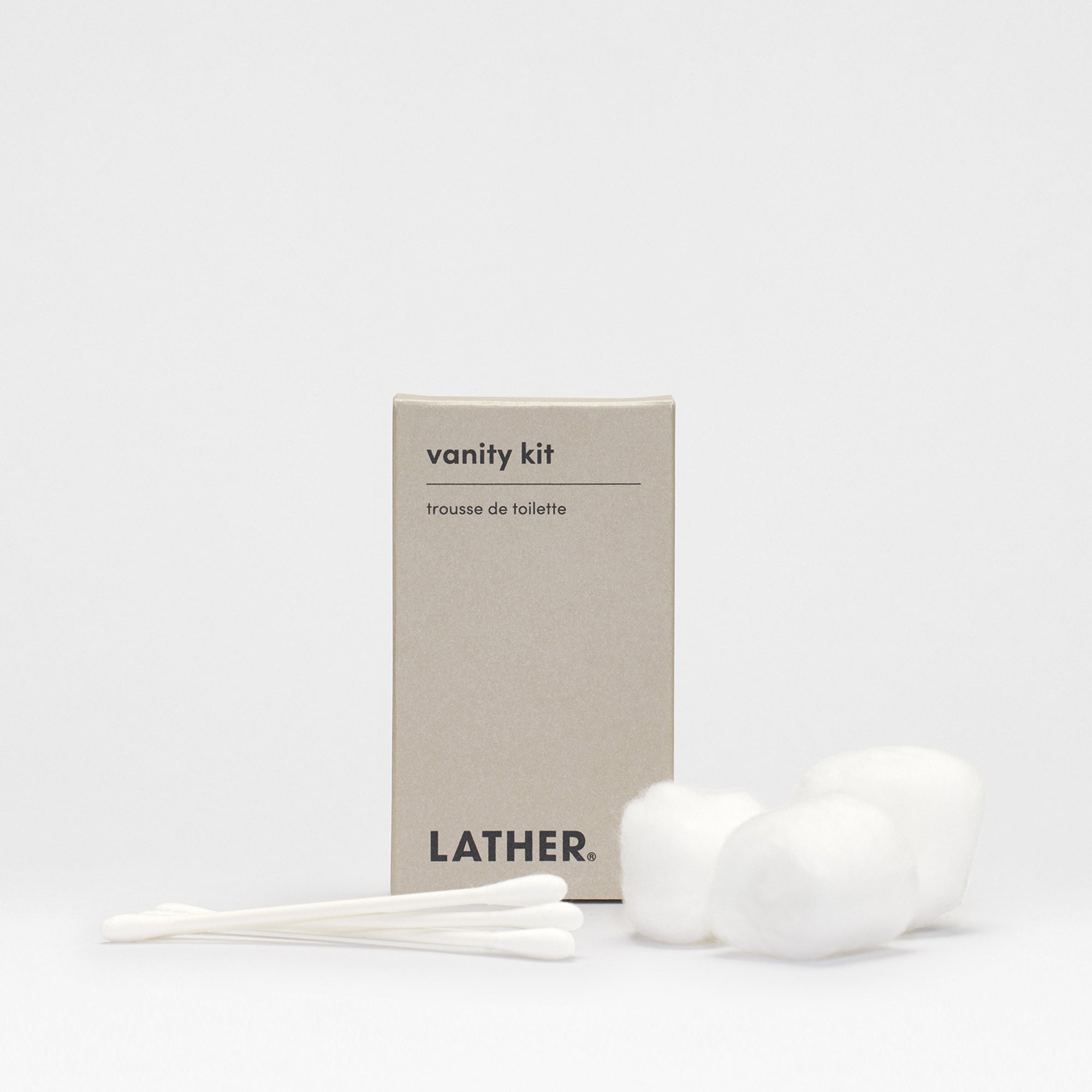Understanding Beauty Basics
Your skin is a delicate ecosystem. Treating it with products should be done consciously and with intention.
That said, choosing criteria for your skincare routine can be confusing. Vegan. Natural. Cruelty-free. Paraben-free. Clean. What does it all mean? Between the quietly kept secrets of the skincare industry and expert brand marketing strategies, figuring our what’s important to pay attention to and what’s merely a gimmick can be tough.
At LATHER, we truly believe in equipping our customers with research-based facts so that they can make informed decisions for themselves. We have no interest in tricking you into using harmful ingredients or products you don’t need, and we certainly don’t want to misinform or confuse the community who has helped make our small business what it is today. Instead, we want to empower you to read labels, consider claims and purchase products that make you feel like the best version of yourself.
On that note, we’ve decoded the many words that sit on skincare labels.
Natural vs. Clean
It’s important to understand right from the get-go that the terms “natural” and “clean” aren’t very strictly regulated. Companies often say their products to be one, the other or both, even when they're not.
“Natural” skincare, to us, refers to products that are formulated with ingredients sourced from nature. This means the fragrances in natural products are generally made with essential oils, not lab-made synthetic chemical compounds. Exfoliating properties in natural scrubs and face buffing products are likely textured with plant extracts. Natural moisturizers are often made with hydrating elements, such as shea and aloe vera.
While “natural” does sound great, there are some caveats. Mostly, an ingredient sourced from nature does not make it automatically good for you. For example, poison ivy is “natural.” It’s reaction to skin, however, is anything but. Also, “natural” does not mean “all-natural.” A natural brand does not need to only use natural ingredients to be considered natural, just very high levels of natural elements.
Takeaway: “Natural” is usually a great reason to pick up a product from the shelf. However, before checking out, look at the ingredients list to ensure all the ingredients, both natural and non-natural, are safe.
“Clean” skincare refers to products that are free of toxic, carcinogenic ingredients, or products that are proven to be safe for use and not harmful to health. While this buzzword is quite literally leading the “clean beauty movement,” it’s significant to note that not all “clean” ingredients are “natural”. As the science of skincare has evolved, so too has the ability to produce safe man-made ingredients, including safe preservatives.
Takeaway: While “clean” is certainly a safe direction to follow, be wary of the hefty price tags that often accompany clean beauty. Generally speaking, “clean” products are overpriced, and we believe safe products should really be made approachable for everyone.
Synthetic fragrance
“Synthetic fragrance” refers to a man-made scent that’s generally created in a lab, oftentimes using toxic chemicals, such as phthalates, petroleum and natural gas byproducts. Under the umbrella term “fragrance,” brands are legally able to hide the dangerous toxins that they are using. The side effects of synthetic fragrance have been linked to allergies, asthma, reproductive complications, neurodevelopmental issues and numerous other complications.
Takeaway: Stay away from synthetic fragrance. It should also be noted that just because “unscented” products do not carry a detectable scent, this doesn’t always mean they are free of fragrance. Opt instead for natural fragrance or fragrance-free. Of course, while we are big advocates of natural fragrance, people can be sensitive to them. Test what works best for you.
Parabens, sulfates and mineral oil
Other controversial skincare ingredients include parabens, sulfates and mineral oil.
- Parabens are a collection of preservatives used in many beauty products to keep them fresh and germ-free. However, parabens have been linked to breast cancer and reproductive issues. Because parabens have the ability to mimic estrogen in the body, they can disrupt the normal functions of hormone systems for both men and women. Too much estrogen can trigger breast cell division, as well as the growth of tumors.
- Sulfates are best known for creating foam in your shampoo and soaps. However, because these cleaning agents so effectively attract both oil and water, they can also strip away too many naturally occurring proteins and oils from your skin and hair, leaving your body feeling parched. Sulfates are also linked to irritations, such as itching and redness, as well as hair damage and dryness.
- Mineral Oil is a clear, odorless petroleum-derived oil, commonly used to hydrate skin and lock in moisture. Sounds good, right? Well, not entirely. Mineral oil, by nature, is a seal for your skin. This means, mineral oil not only has the ability to lock in moisture, but it can also block pores and the natural respiration process for skin.
Takeaway: These three ingredients appear on one too many skincare ingredients watch lists and straddle the dangerous line too closely. Because there are so many safer alternative and affordable solutions, we suggest you avoid these controversial players if you can.
Artificial color
Artificial color is dye largely made from coal tar to help make beauty products appear more appealing. Coal tar is a compound of many synthetic chemicals derived from petroleum, oftentimes including contaminants like lead and arsenic. Because skin is more like mesh than a seal, it will absorb some of these toxic ingredients, potentially leading to blocked pores, blemishes and skin irritations.
Takeaway: Artificial color does not belong in your skincare products. Avoid them.
Animal testing
Despite very viable alternatives, testing products on animals is still tragically a widely observed practice. Trial and error is a normal part of the formulation process. Harming animals is not.
Takeaway: Animal testing is cruel. Use cruelty-free.
Behind the claims
Reading labels can be confusing, as many skincare industry claims are unregulated. Use our guide as a jumping off point, but always remember, the best criteria for products is that which makes you feel like the happiest, best, most real version of yourself.

